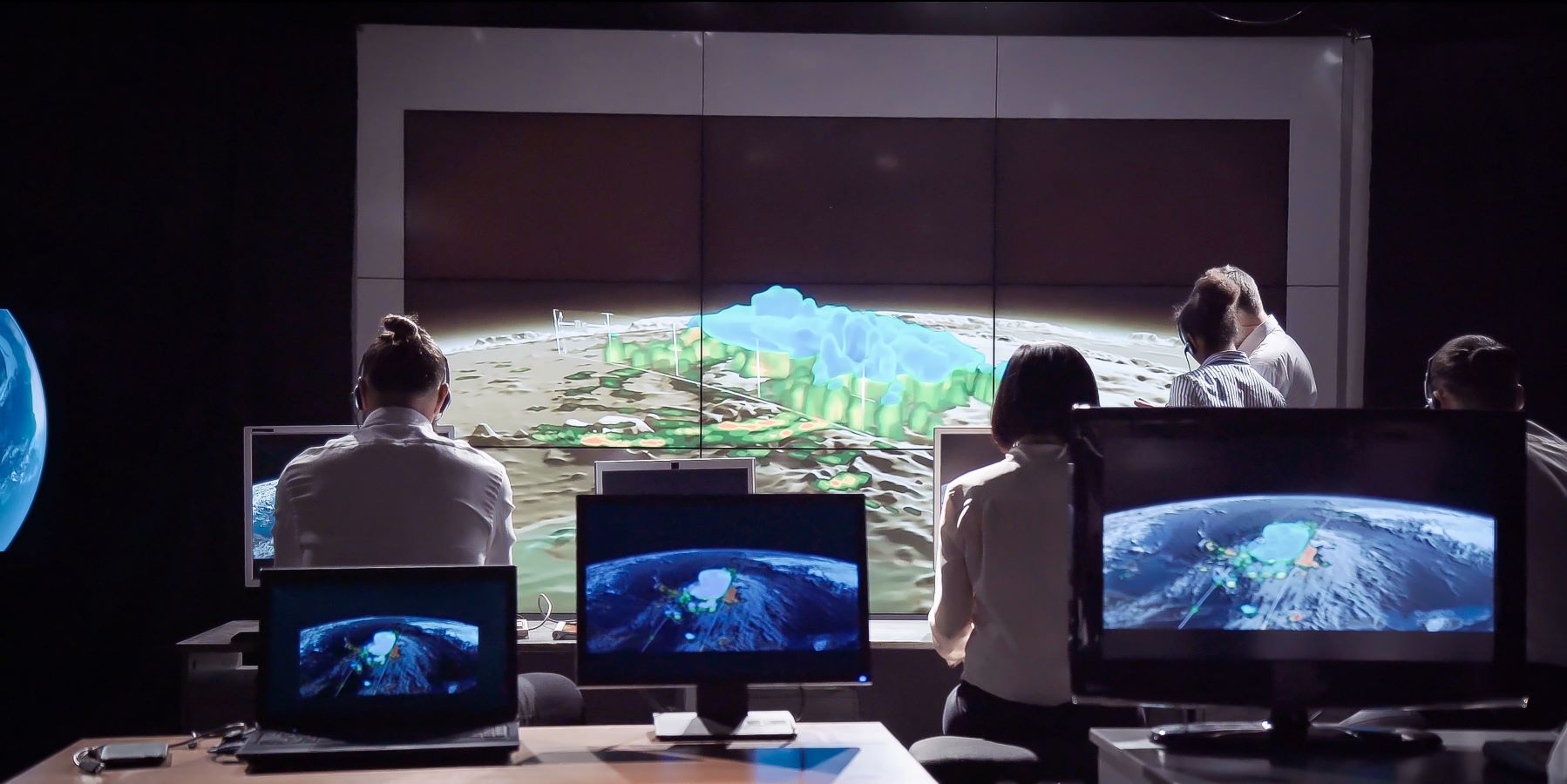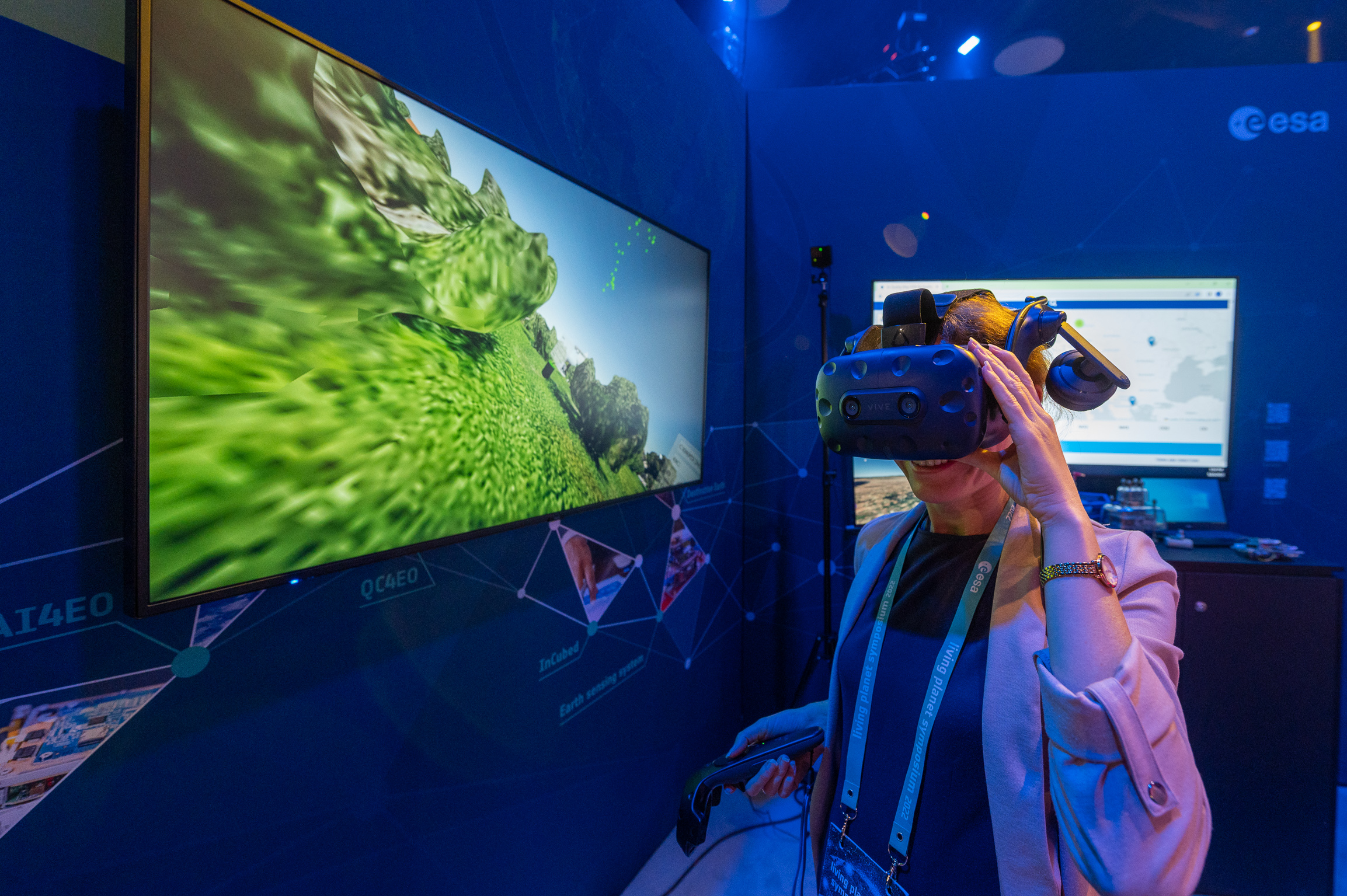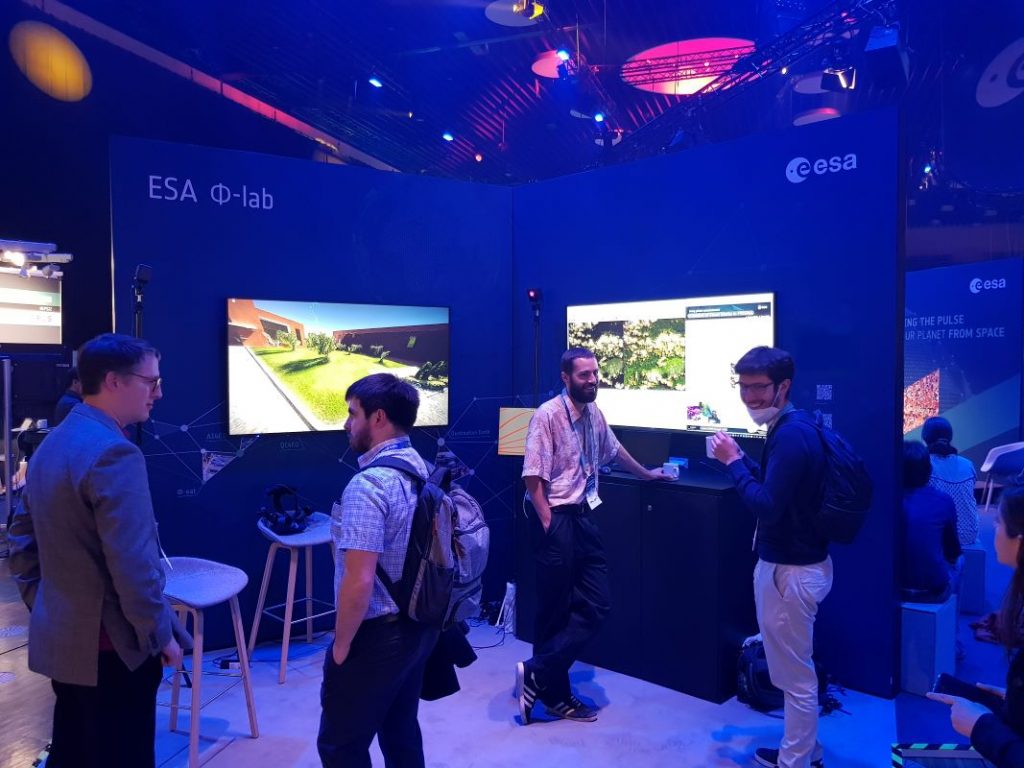Telespazio has signed a contract with the ESA InCubed programme to develop an innovative service for improving access to Earth observation data. Derived from artificial intelligence (AI) models, I*STAR will allow new user groups to request customised, smart data acquisitions from satellite constellations simply, efficiently and promptly.
The community of Earth observation players is growing and diversifying, as is the number of missions and business models in the sector. Users need a simple solution that recommends intelligent acquisitions of satellite data, while national and international space agencies could benefit from a platform which enables them to promote their missions to those same users. All stakeholders are naturally keen to reduce operational costs.
I*STAR is being developed to address these needs by Telespazio, a joint venture between Leonardo (67%) and Thales (33%). The as-a-service solution will provide one-click access for organisations to acquire EO data. Using Deep Learning and Machine Learning algorithms, I*STAR can model user preferences with regard to satellite platforms, sensors, areas of interest and types of products, ensuring that even non-specialist customers can make specific requests from missions without the need for direct support from space operations. Through the automation of data acquisition processes, human intervention is reduced and resources are freed up, giving rise to tangible cost savings.
A further advantage of the service will be the ability to improve response times for disaster relief, allowing authorities and civil protection entities to react more efficiently and effectively.
Marco Brancati is Telespazio’s Head of Innovation and Technical governance: “I*STAR introduces a brand new solution in the Earth observation ground segment – the ability to request products or acquisitions according to user profiles while minimizing the need to know specific mission or to have operational skills. We’re very pleased and encouraged that the ESA InCubed programme has recognised our novel approach and given us the opportunity to bring I*STAR to market.”
“I*STAR is built on the idea that AI is a key enabler for new ways to exploit EO data,” commented Michele Castorina, Head of the Φ-lab Invest Office. “Improving usability and access for an ever-wider user community will help to invigorate commercial EO by providing a marketspace for both downstream and institutional operators.”
The I*STAR activity kicked off in April and is expected to hold its first major development review in October.
To know more: Telespazio, InCubed
Photo courtesy of Telespazio


